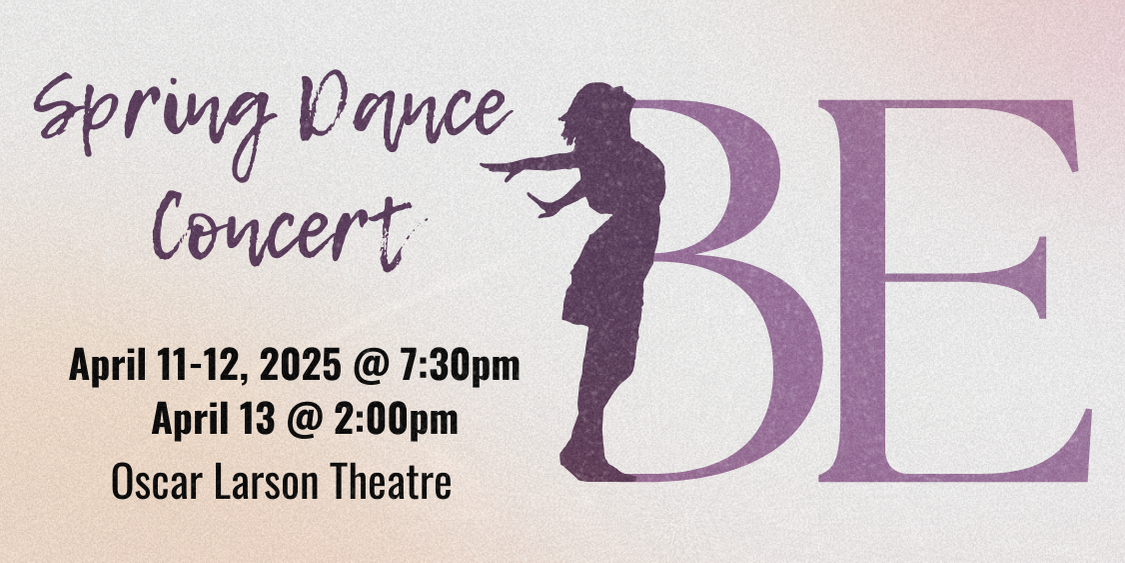Humankind has always been captivated with flight. You can find that same enthusiasm in the students studying aviation at South Dakota State University.
SDSU is home to the only accredited aviation program in the state. Cody Christensen, the assistant professor and program coordinator, said it has been successful with 100 percent job placement after graduation.
As of fall 2017, the three-year program is comprised of 98 full-time students. Upon graduation, students will be certified as a flight instructor, a flight instructor instrument and a multi-engine flight instructor.
Students should not expect to enter this major and immediately jump into a plane and start flying, though. Ground school and general education courses must be completed to gain the required experience before beginning to fly. Ground school is when students are taught basic information regarding the plane and how it’s flown before moving on to flying it themselves.
The year before students begin to fly is essential.
“It is important that a student takes time to become acclimated to college life and for them to decide if they are ready to make the commitment to the major itself,” Christensen said.
First-year students don’t seem to mind this waiting period, though.
“I’ve enjoyed just getting my feet wet this year with ground school, and I am very excited to get into flying next semester,” said Pakstin Nelson, a first-year aviation student.
A first-year student can expect to have around two to three classes involving aviation per semester, the rest of their schedule is made up of general courses.
Sophomore Kalley Diercks said flying is the best part of the program and she’s been itching to do it since beginning her aviation education.
“This semester I just started being able to fly a Cessna-172 Skyhawk by myself … flying solo is my favorite major related experience so far,” Diercks said.
This program comes with a $140,000 price tag, making it one of the most expensive majors on campus. $72,000 alone is dedicated to program expenses like airplane maintenance, fuel, check rides and instructors.
According to SDSU’s aviation home page, “Recent graduates of the program were initially employed as flight instructors in the Midwest and East Coast. Within one year of graduation, our graduates worked as corporate pilots, professional flight instructors and freight pilots, flying high-performance piston, turboprop and jet aircrafts.”
There are multiple career opportunities for graduates, ranging from being a pilot in the military to flying commercial airlines. Christensen said the income of a pilot varies based on what specific field they choose, but, on average, after graduation students can expect to earn $55,000 to $65,000 a year.
There are some unique benefits of being employed as a commercial pilot. Normally the pilots, their family and other guests are given free airfare.
A large component to success in the major is mental ability.
“Students that truly excel in the program display grit and tenacity,” Christensen said. “The leadership and teamwork skills are half the battle when it comes to being a pilot.”
Leadership is a recommended minor for students. By completing the minor, Christensen said students will have more opportunities to acquire the skills and abilities they need to serve as competent leaders post-graduation.
The aviation major has one affiliated club called Flying Jacks. The club coordinates numerous events for students throughout the year, and takes career specific trips to further expose members to what their future could look like. The club is having their annual fly in pancake breakfast April 14 at the Brookings Regional Airport. It is open to students of any major. A fly in is a pre-arranged gathering of aircrafts, pilots and passengers for recreational and social purposes.
SDSU’s aviation program carries on the tradition of the long-standing fascination found in aviation. There are plenty of opportunities to get involved.


















